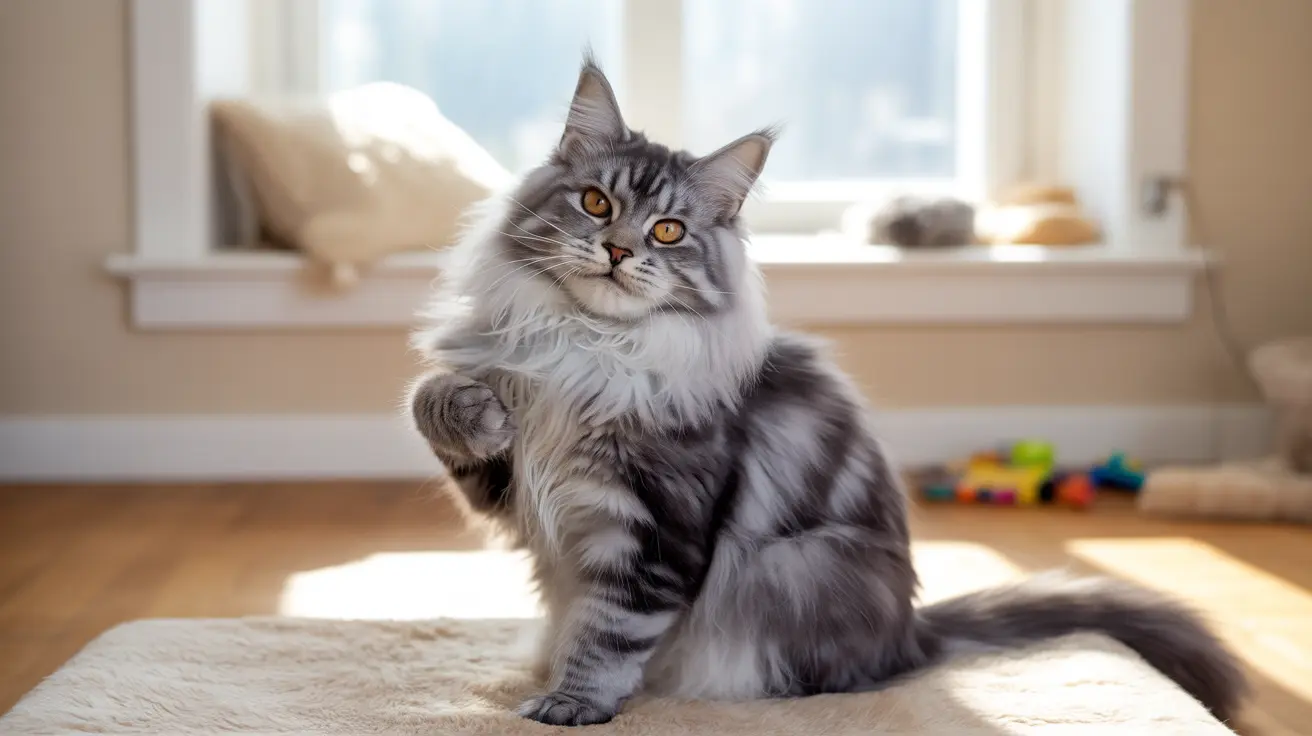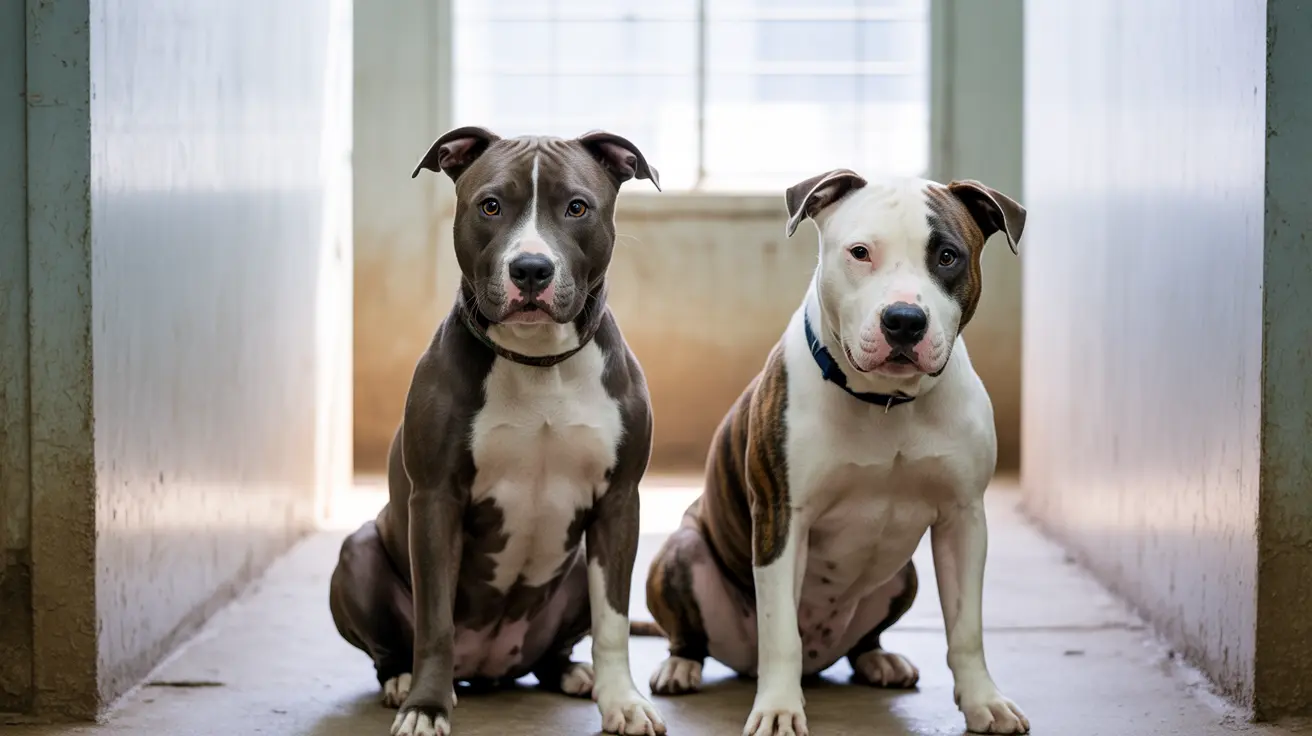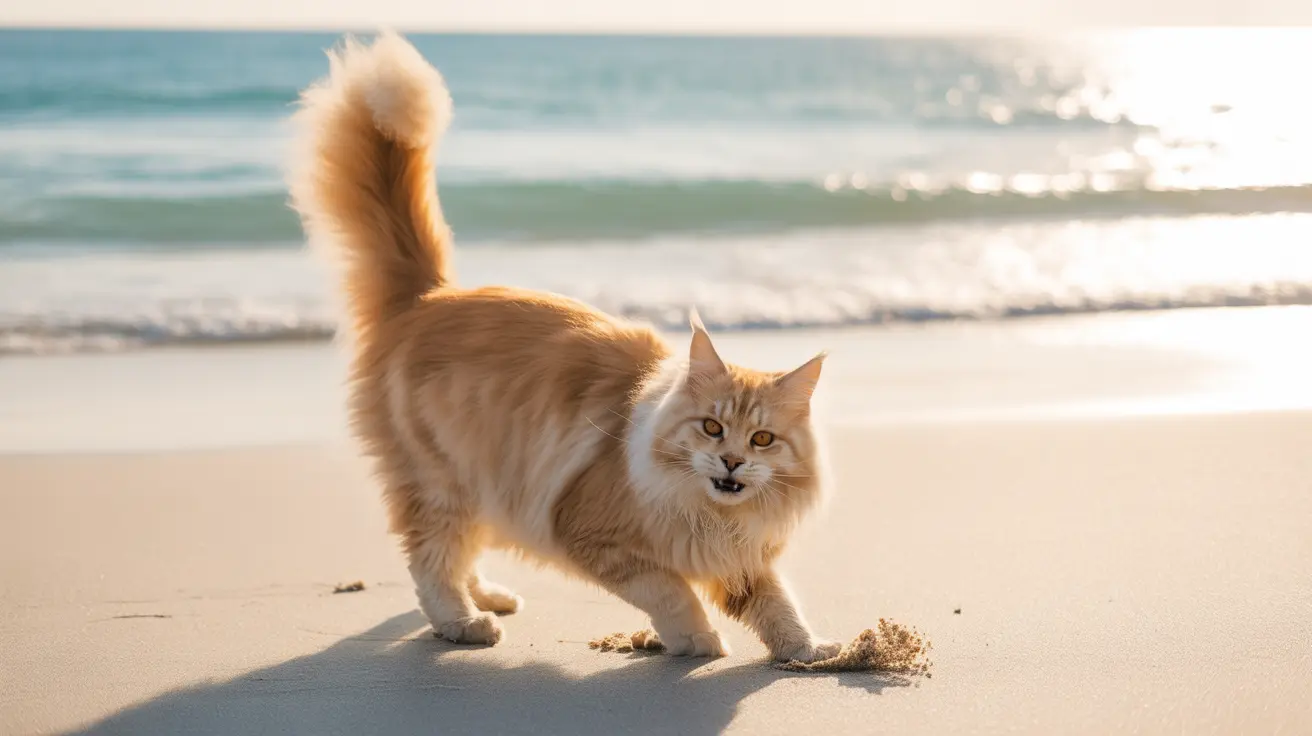Why Did Courage Stop Talking in "Courage the Cowardly Dog"?
The animated series
"Courage the Cowardly Dog" captivated audiences with its eerie themes, surreal animation, and unforgettable characters. One of the most curious aspects of the show’s development was the decision to minimize the title character’s dialogue after the pilot episode. Many fans have wondered: why did they make Courage stop talking?
The Origins of Courage’s Voice
When the character first appeared in the pilot episode, titled "The Chicken from Outer Space," Courage had spoken lines. In that early version, he interacted more directly with the audience and other characters using dialogue. However, when the show was picked up by Cartoon Network to become a full series, the creators made a deliberate change.
The Creative Vision Behind Silence
Creator
John R. Dilworth and his production team made the artistic choice to reduce Courage’s speaking role. Rather than having regular dialogue, Courage mostly expressed himself through:
- Grunts and gasps
- Visual reactions such as exaggerated facial expressions
- Breaking the fourth wall through short phrases or noises
- Sound effects and musical cues
This approach bolstered the show’s unique atmosphere, emphasizing
suspense, emotion, and stylized horror over exposition.
Stronger Visual Storytelling
One of the main reasons for Courage’s lack of dialogue was to focus on
visual storytelling. The show often relied on:
- Expressive animation to convey emotion and reaction
- Cinematic sequences that mimicked horror or sci-fi genres
- Physical comedy grounded in classic cartoon traditions
By limiting dialogue, the animators harnessed a style reminiscent of
silent film-era storytelling, allowing audiences to connect more directly with Courage’s experiences.
Creative Constraints as Strengths
Sometimes, constraints can lead to innovation. In this case, the lack of Courage’s dialogue didn’t hinder the storytelling — it enhanced it. The show became known for its
creative use of sound and visuals, reinforcing its surreal, often unsettling vibe.
The Occasional Words
While Courage rarely spoke, he wasn’t entirely silent. On occasion, he would yell short phrases like:
- “The things I do for love!”
- “No, no, no!”
- “Watch where you're going!”
These lines added to the humor and emphasized the character’s overwhelming anxiety and loyalty to his owners, Muriel and Eustace.
Audience Engagement
Reducing Courage’s speech also meant that audiences could project their own interpretations onto his reactions. Viewers often felt more engaged, interpreting the character’s motives and feelings through his actions rather than his words.
Comparison to Other Shows
Courage's silence draws comparison to other iconic silent or minimally speaking characters, including:
- Tweety Bird, who mostly observed silently
- Wile E. Coyote, who expressed through actions
- Tom and Jerry, another example of storytelling with minimal dialogue
This minimalist approach is a deliberate storytelling technique that has strong historical roots in animation.
Psychological Impact
Limiting Courage’s voice also supported the show’s creepy tone. Viewers often experienced a heightened sense of tension because Courage couldn’t always verbally warn others or explain what was happening. This added to the horror element, pulling the audience deeper into the helplessness Courage often felt.
Conclusion: A Deliberate Creative Decision
In the end, Courage's reduced dialogue wasn’t an oversight or budgetary decision — it was an
intentional creative strategy. The show’s creators understood that sometimes,
less is more. By quieting the main character, they crafted a stronger, more visually engaging, and emotionally resonant cartoon.
It’s one of many reasons why "Courage the Cowardly Dog" remains beloved by fans years after it aired. Courage didn’t need to speak often; his bravery, loyalty, and expressive reactions said it all.





